Modeler / Cast Paintings 2011-14


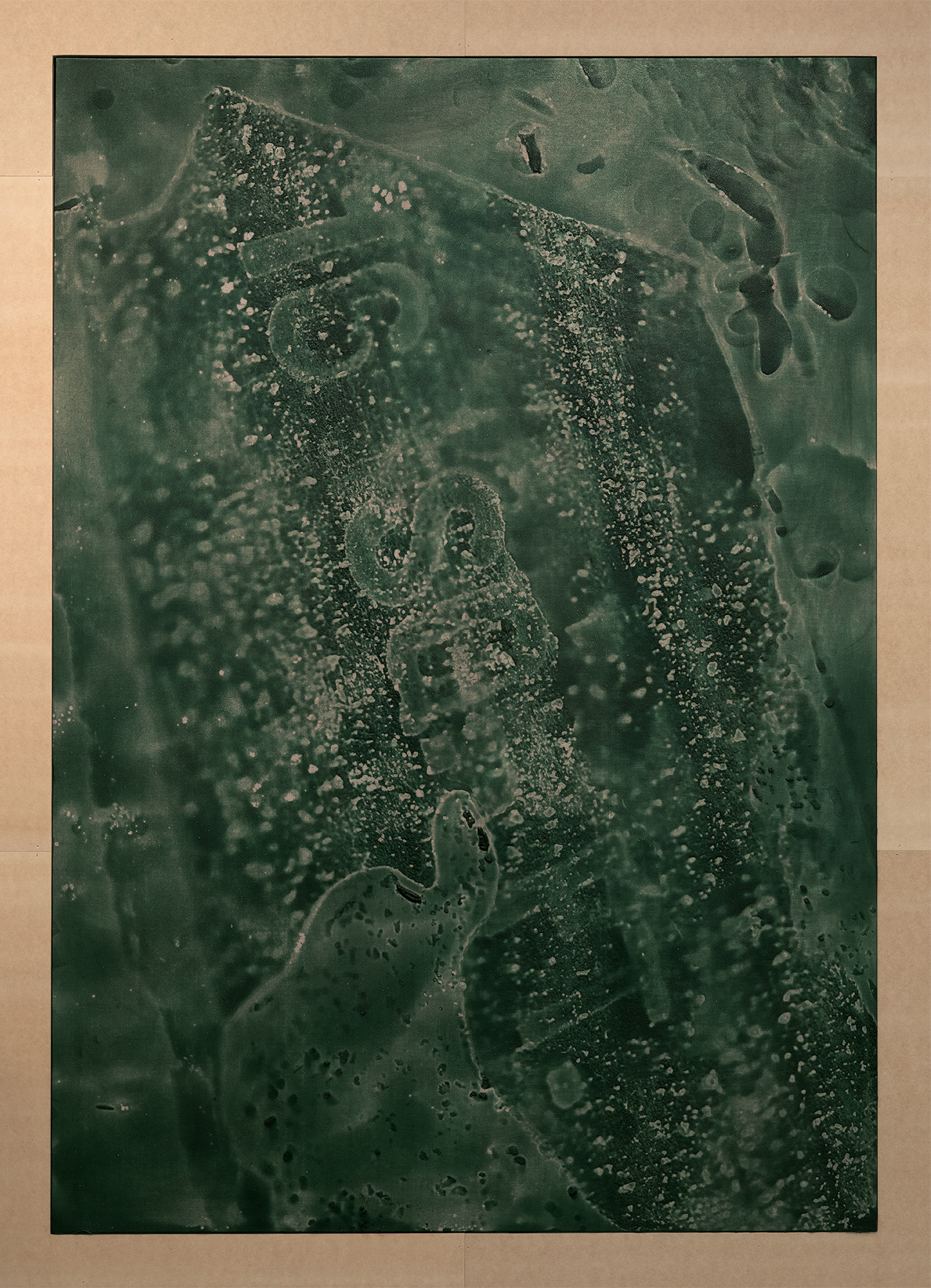

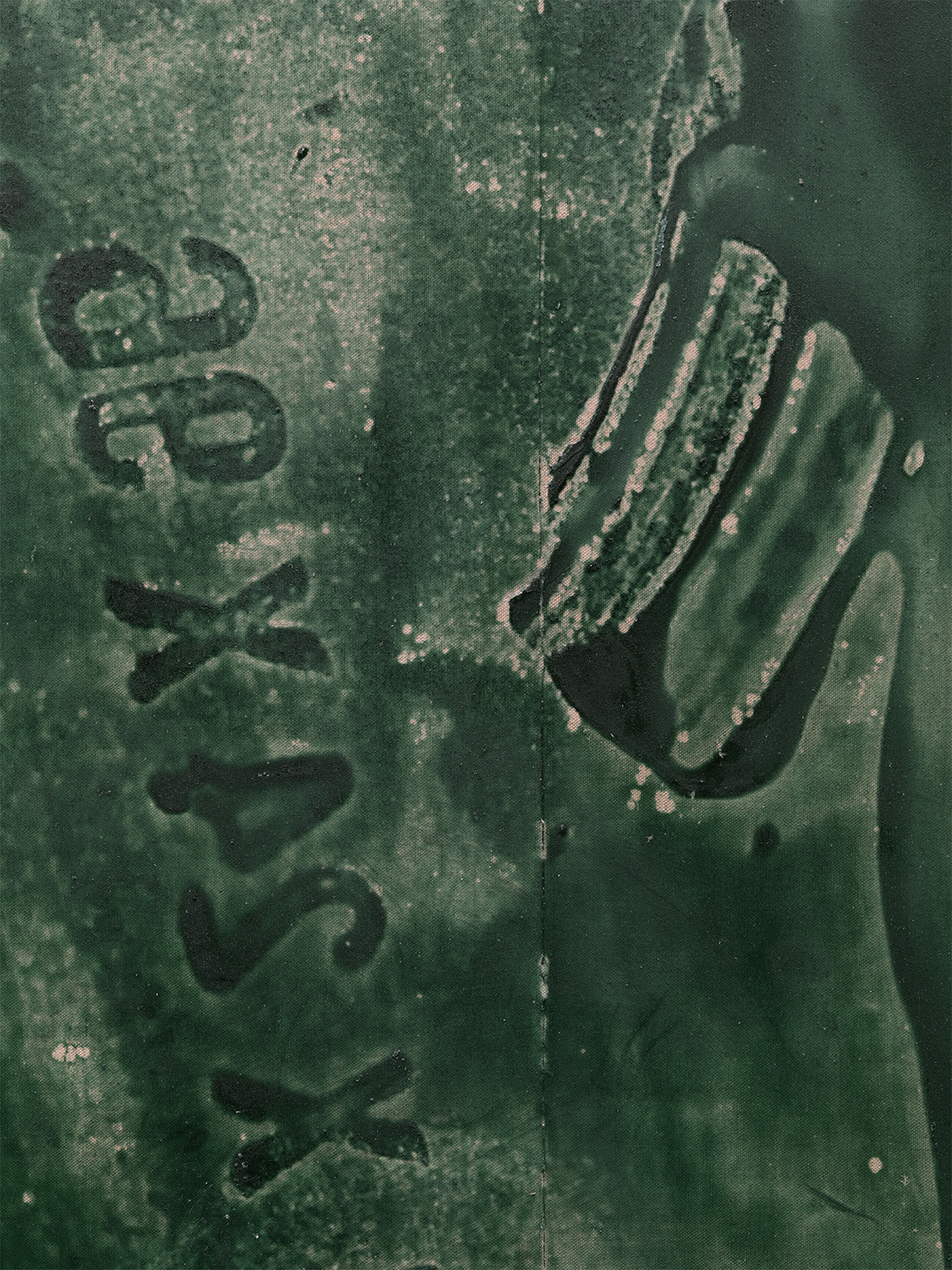
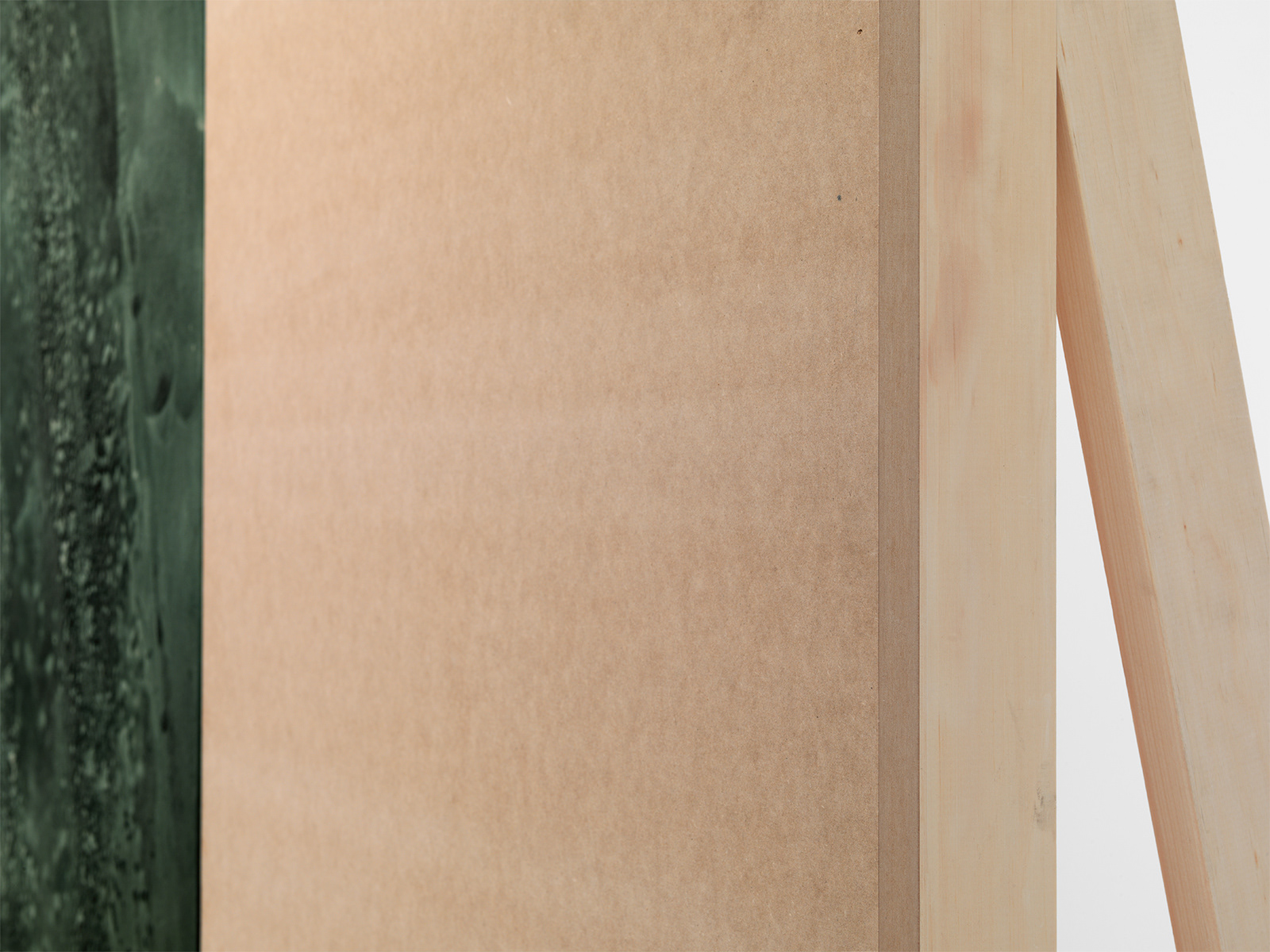
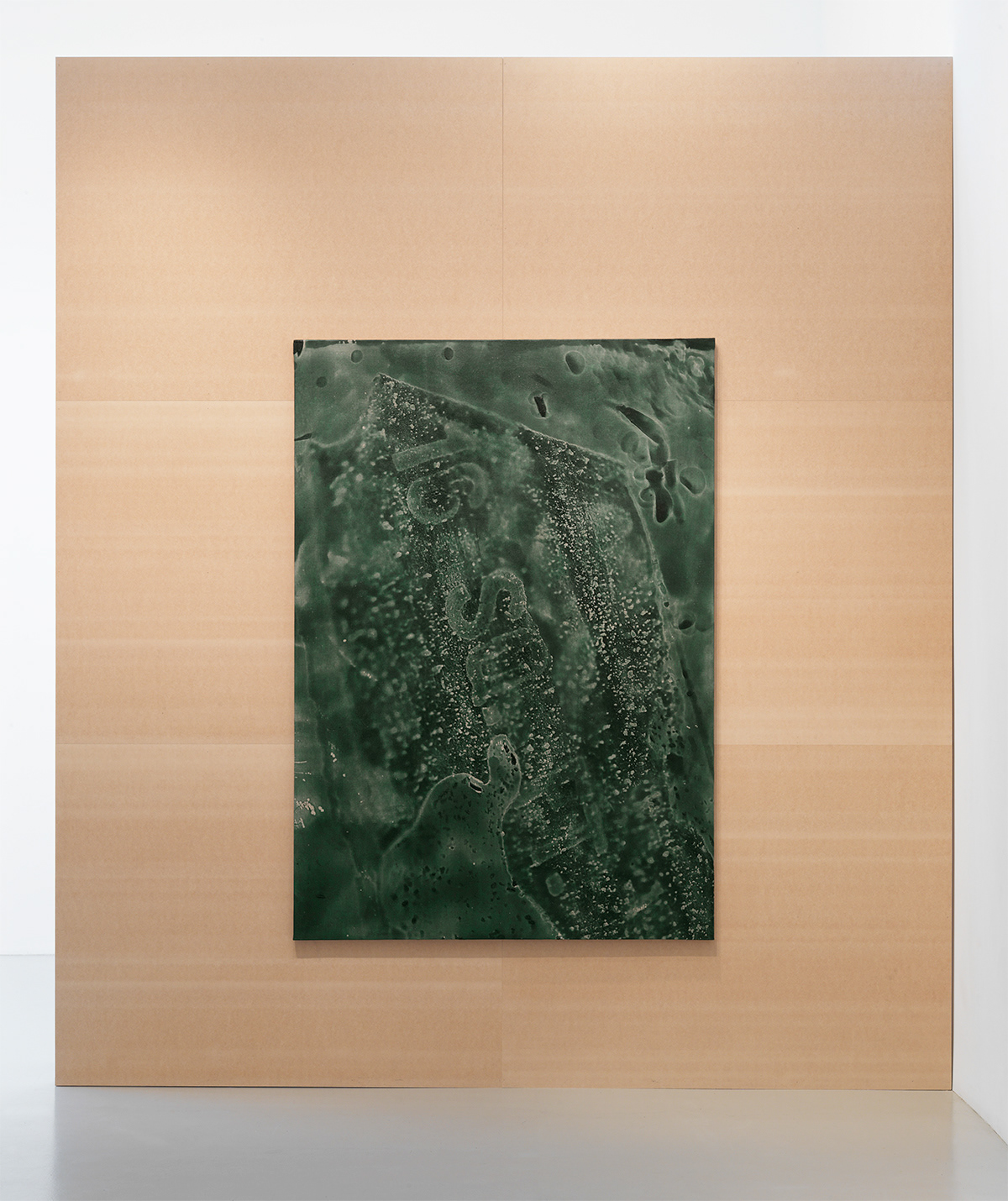

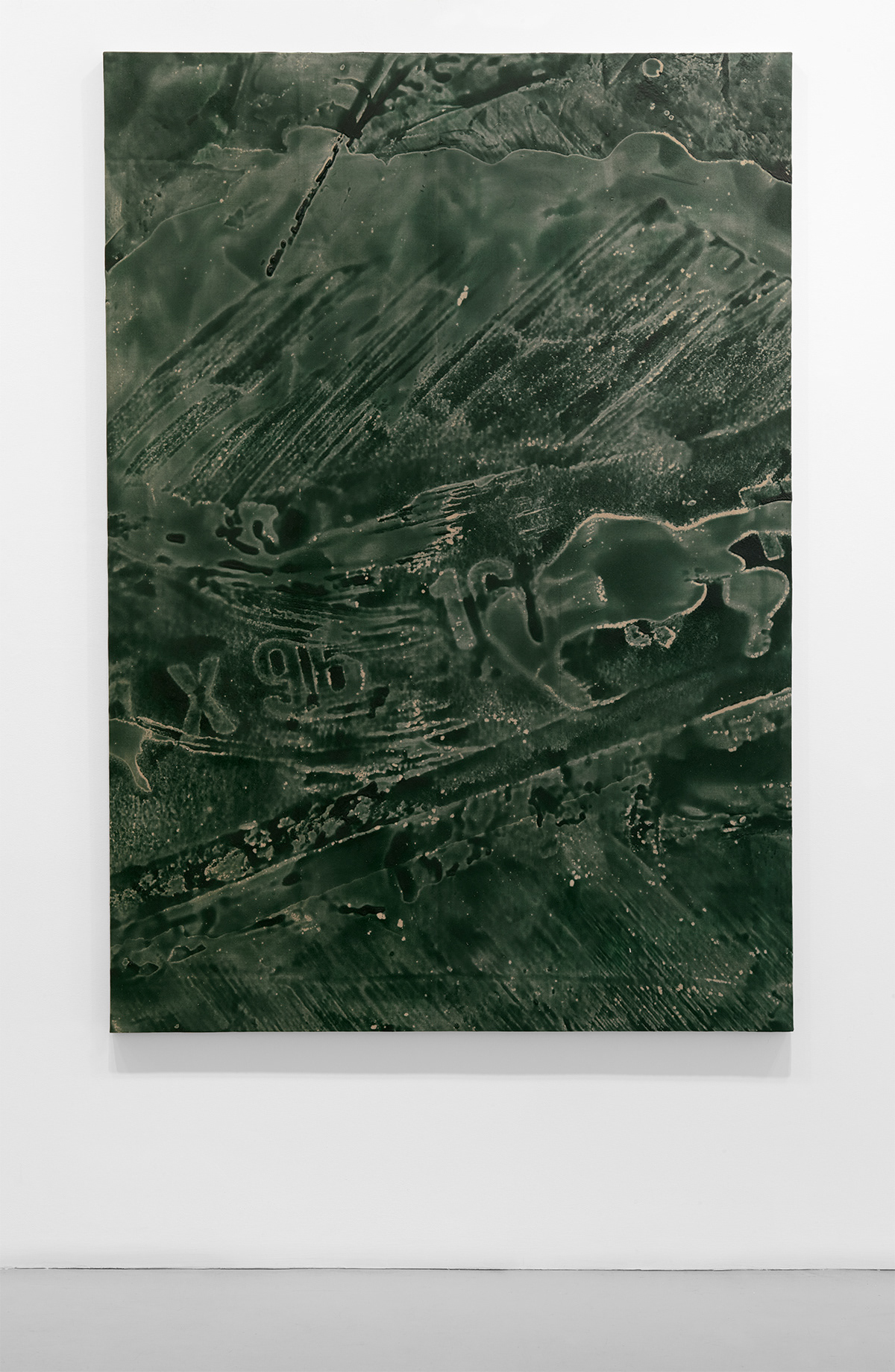

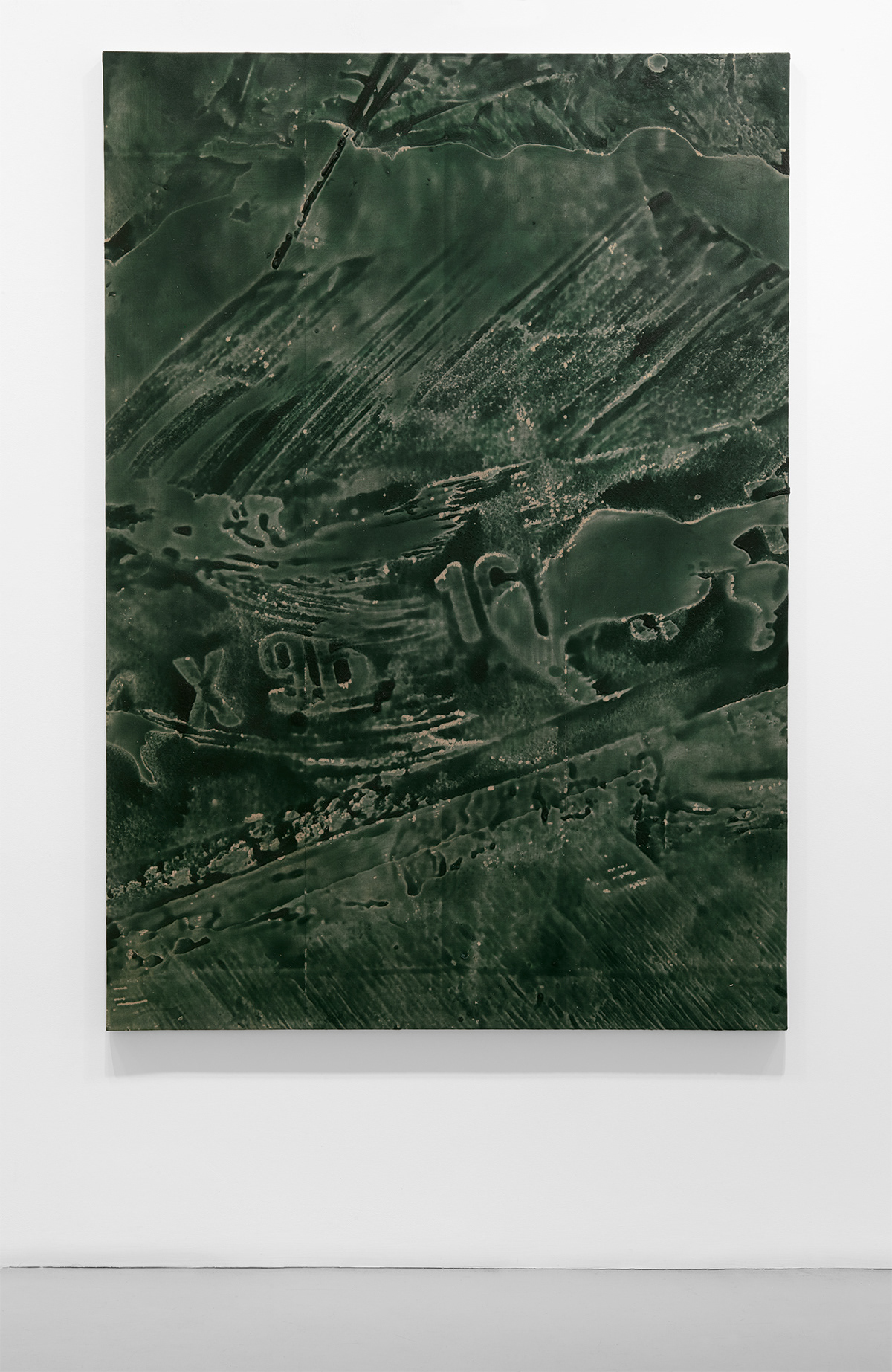


Modeler at Mitchell-Innes & Nash, 2013
Press Release
Mitchell-Innes & Nash is pleased to present our first solo exhibition of Daniel Lefcourt. Modeler will include new paintings and graphite panels within a modified exhibition framework.
The exhibition title Modeler evokes someone – or something – making a scale model construction. It is this emphasis on making that captures Lefcourt’s interest: a fixation on material process in relation to simulation.
This dynamic between making and simulating is played out at every level of the exhibition. Unpainted false walls, of a type used in theatre production, imply that the exhibition itself is a type of model. Fiberboard panels entitled Drawing Boards have been machined using a computer controlled wood-router, and delicately finished by hand with graphite.
This layering of simulated and physical procedures is performed most elaborately in the paintings. Even the very act of painting is modeled – enacted at a micro scale on a platform in the artist’s studio. Fleeting material transformations – often on a scale invisible even to the artist – are captured using a macro lens on a digital camera. Later, these transitory moments are recreated in large pictorial-relief using a combination of digital 3D modeling, computer controlled machining, sculptural casting, and finally adhering a cast film of paint onto the surface of a canvas. While the production of the work is technologically mediated, the artist is keenly attentive to the vagaries of materials – allowing for chance occurrences in each stage of the process to function as generative elements of each individual work. The final result is a body of work that is simultaneously luminous and concrete, immediate and distant, uncannily simulated and corporeally present.
![]()
![]()
![]()
![]()
![]()
Prepared Ground at Taxter & Spengemann, 2011
The intimate monochrome paintings in Daniel Lefcourt’s exhibition Prepared Ground return to th subject of painting itself, yet here painting is never fully itself. On the one hand, the works are positivistic, presenting only brute materials and evidence of their manipulation. Impressions and textures function as proof of past operations, inviting us to reconstruct those operations in the present. Scraps of wood, water, cloth, paper, dirt, and other materials appear to have left indexical impressions on the surface of the painting. The works are not abstract, for as with artists who observe a strict adherence to procedure (Ryman, Barré) the concern is always to present the real – without illusion, and without editorializing.
Yet, in Lefcourt’s work the real manifests itself in unexpected, often counter-intuitive ways. In these paintings the traces, marks, and impressions, are not always what they seem. In fact, many of the impressions would be impossible to make with any direct technique. This is particularly true given the chosen materials’ propensity towards impermanence and chance. In Lefcourt’s work, gradual transformations – paper soaking into liquid, bubbles forming and dissolving, soil crumbling, dust blowing – have been frozen in mid-process.
To accomplish this task of freezing, Lefcourt devised an elaborate preservation method, in which digital photographs are translated into three-dimensions, and then output using a computer controlled router to carve low-relief molds. Acrylic paint is then poured into the mold, and finally peeled-up and adhered to the linen support. Here painting is understood not only as support an surface, but as particle and binder. Paint cast into Painting. In the final stage, the rote application of monochromatic oil paint both covers and discloses the topography of the surface.
The resulting traces of process – what might be called non-indexical traces – are at once simulated and substantial, shallow and fertile. Is this Painting behind itself?
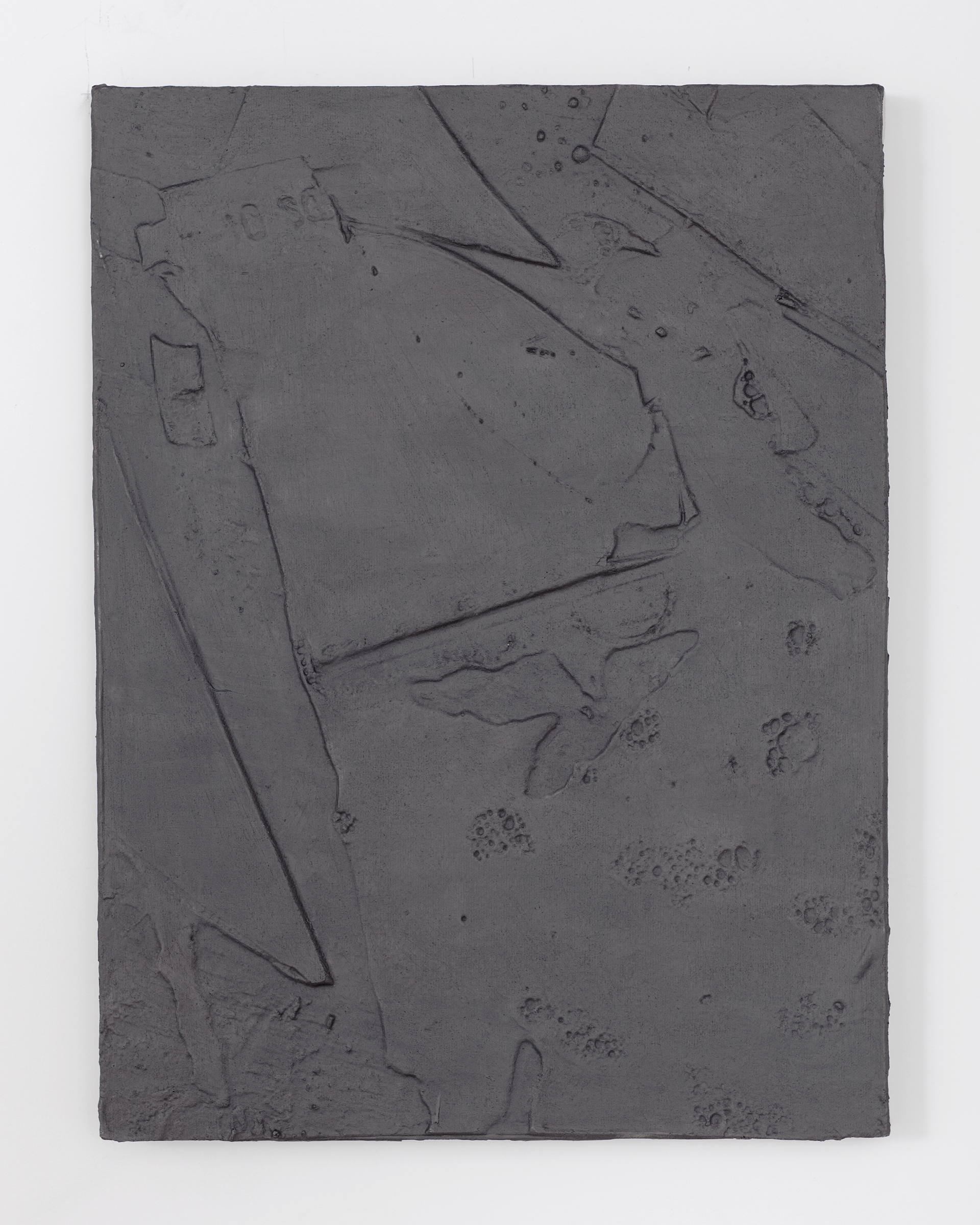


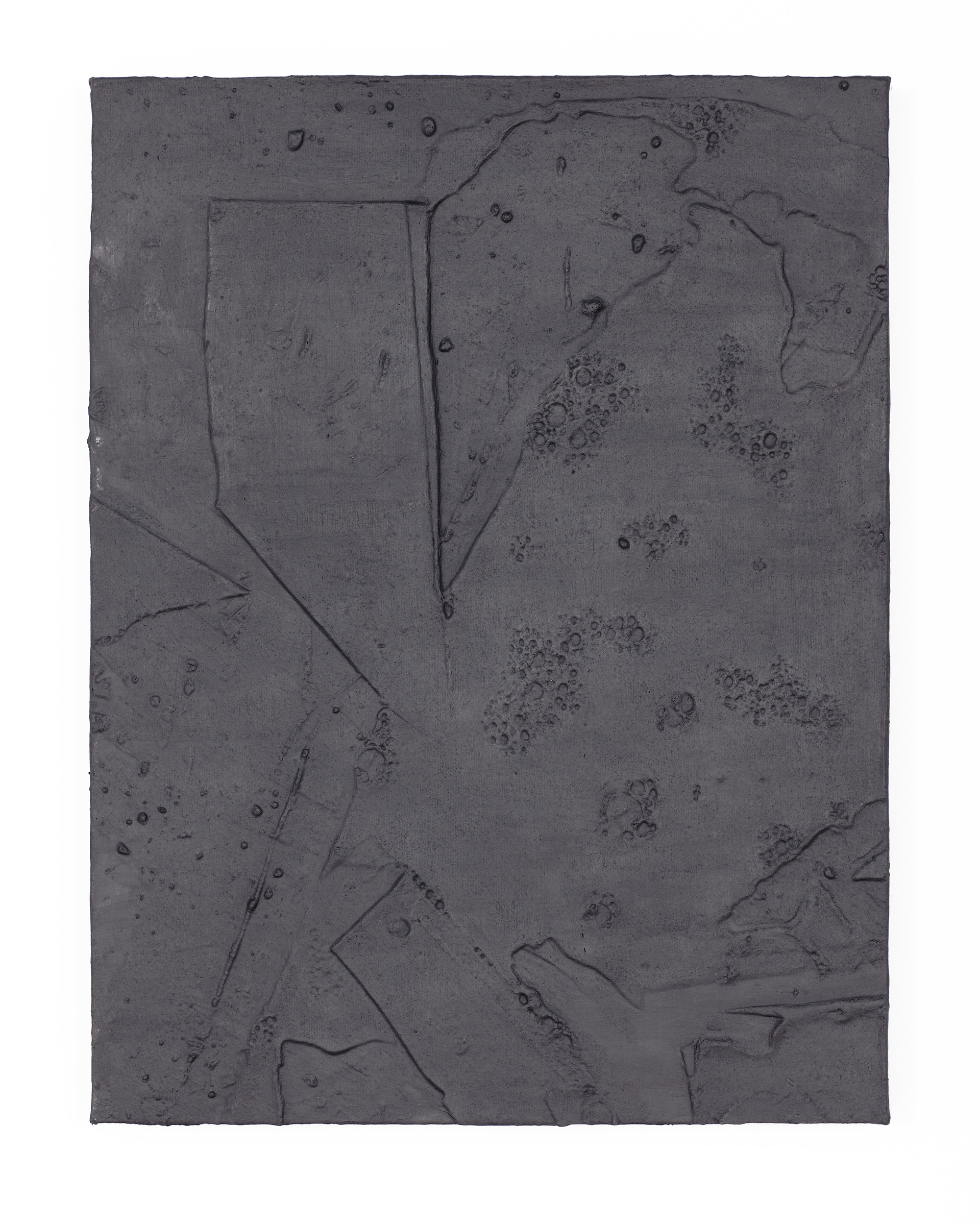
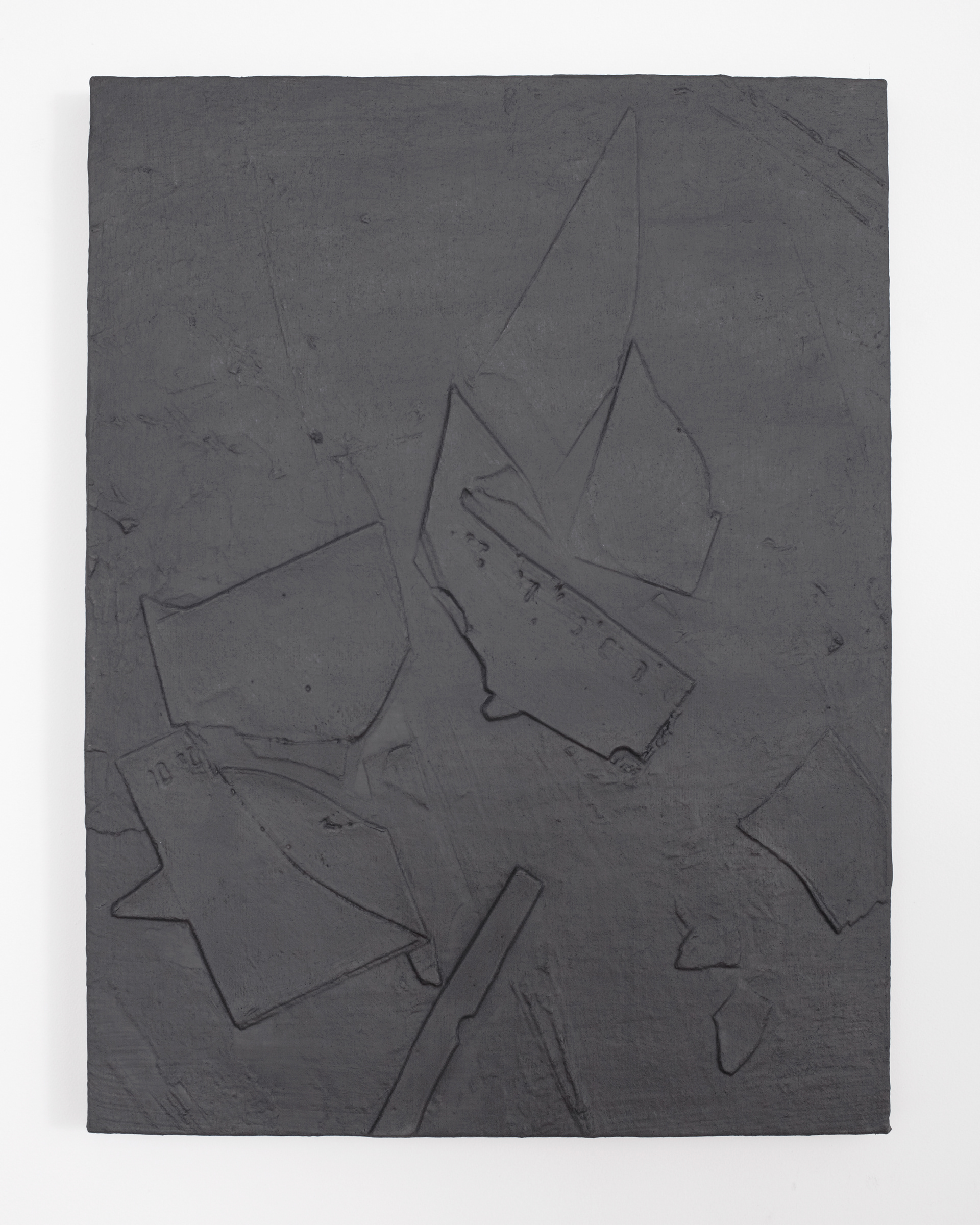
Prepared Ground at Taxter & Spengemann, 2011
The intimate monochrome paintings in Daniel Lefcourt’s exhibition Prepared Ground return to th subject of painting itself, yet here painting is never fully itself. On the one hand, the works are positivistic, presenting only brute materials and evidence of their manipulation. Impressions and textures function as proof of past operations, inviting us to reconstruct those operations in the present. Scraps of wood, water, cloth, paper, dirt, and other materials appear to have left indexical impressions on the surface of the painting. The works are not abstract, for as with artists who observe a strict adherence to procedure (Ryman, Barré) the concern is always to present the real – without illusion, and without editorializing.
Yet, in Lefcourt’s work the real manifests itself in unexpected, often counter-intuitive ways. In these paintings the traces, marks, and impressions, are not always what they seem. In fact, many of the impressions would be impossible to make with any direct technique. This is particularly true given the chosen materials’ propensity towards impermanence and chance. In Lefcourt’s work, gradual transformations – paper soaking into liquid, bubbles forming and dissolving, soil crumbling, dust blowing – have been frozen in mid-process.
To accomplish this task of freezing, Lefcourt devised an elaborate preservation method, in which digital photographs are translated into three-dimensions, and then output using a computer controlled router to carve low-relief molds. Acrylic paint is then poured into the mold, and finally peeled-up and adhered to the linen support. Here painting is understood not only as support an surface, but as particle and binder. Paint cast into Painting. In the final stage, the rote application of monochromatic oil paint both covers and discloses the topography of the surface.
The resulting traces of process – what might be called non-indexical traces – are at once simulated and substantial, shallow and fertile. Is this Painting behind itself?